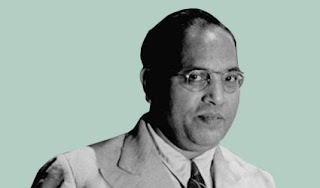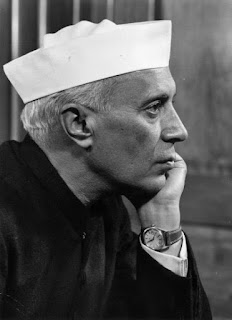DR. B.R AMBEDKAR

DR. B.R AMBEDKAR IT TAKES COURAGE TO BREAK FREE FROM THE SHACKLES OF SOCIAL INEQUALITY. IT TAKES ENORMOUS AMOUNTS OF COURAGE TO BELIEVE THAT THINGS CAN CHANGE. IT TAKES A LEADER TO FIGHT THESE INEQUALITIES AND ESTABLISH A NEW SOCIAL ORDER. It takes courage to break free from the shackles of social inequality. It takes enormous amounts of courage to believe that things can change. It takes a leader to fight these inequalities and establish a new social order.Babasaheb Dr Bhimrao Ramji Ambedkar was a scholar, a social reformer and a leader who dedicated his life to eradicating social inequality in India. He established an India of equals, a country which provided greater opportunities for people who were historically disadvantaged.Babasaheb’s family was from the Mahar community and came from the Ambavade town of Mandangad taluka in the Ratnagiri district of Maharashtra. However, he was born in the military cantonment town of Mhow, now in Madhya Pradesh on 14 April 1891 as his fathe...





